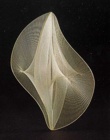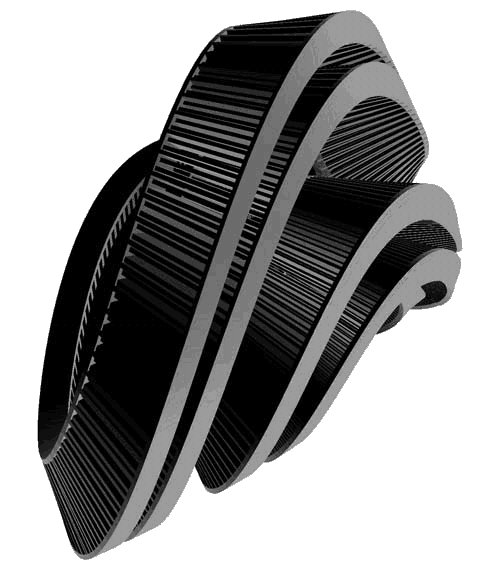|
|
HISTORY
The production of models of mathematical functions and their relation to Modern Art has a fascinating history. It dates back to the 19th century, when concrete plaster models of mathematical formulas were used to facilitate the understanding of complex geometrical problems. A number of 19th-century mathematicians employed these models, among them Felix Klein. Plaster mathematical forms were distributed worldwide, and they can still be found in many mathematical institutes. (A nice online collection of photographs can be found HERE.)
In the beginning of the 20th century, the market for mathematical models was saturated and the model building business declined. At the time, however, artists became increasingly interested in these curious forms and used them as models for photographs or as a source of inspiration for sculptures and paintings. Amongst these artists were Naum Gabo, Antoine Pevsner, Barbara Hepworth, and Henry Moore. Later, Ruth Vollmer and Gego (Gertrude Goldschmidt) also used mathematical forms as sources for their artistic work. These mathematical forms continue to inspire contemporary artistic productions, such as Hiroshi Sugimoto's "Conceptual Forms" photographic series.
The enduring relationship between mathematical models of the 19th century and the Fine Arts has been extensively documented. We were particularly inspired by the research of Angela Vierling Classen, which can be found
HERE
and
HERE.
|
| info AT zurform.org |
top » |
|

mathematical models
|

art objects
|
|
